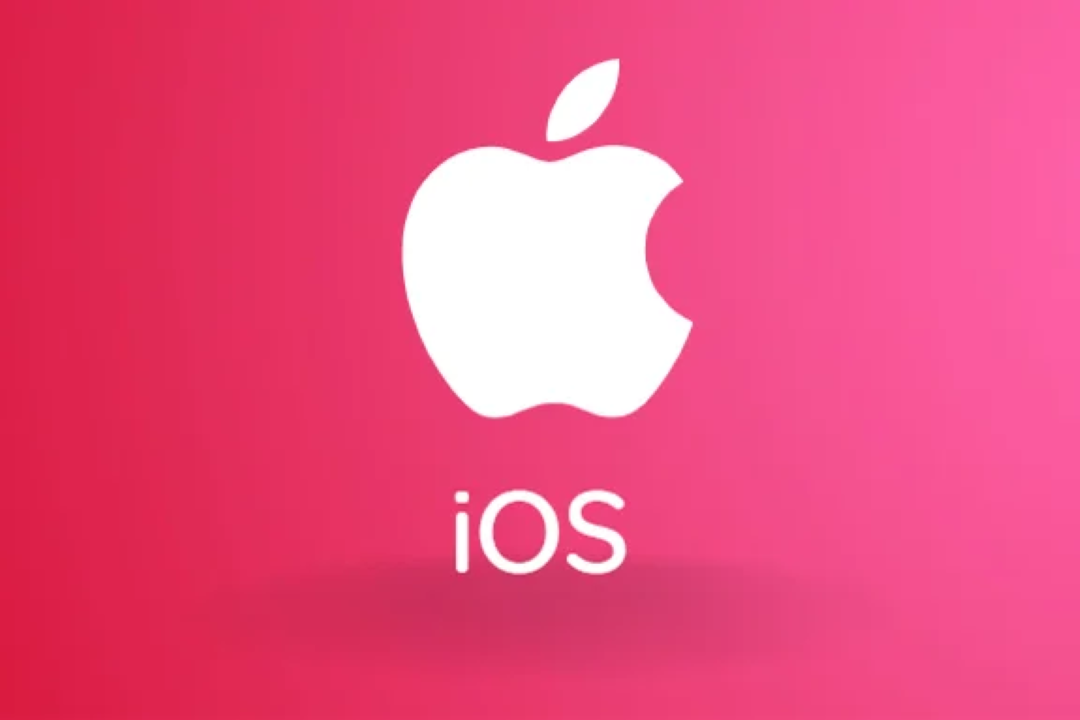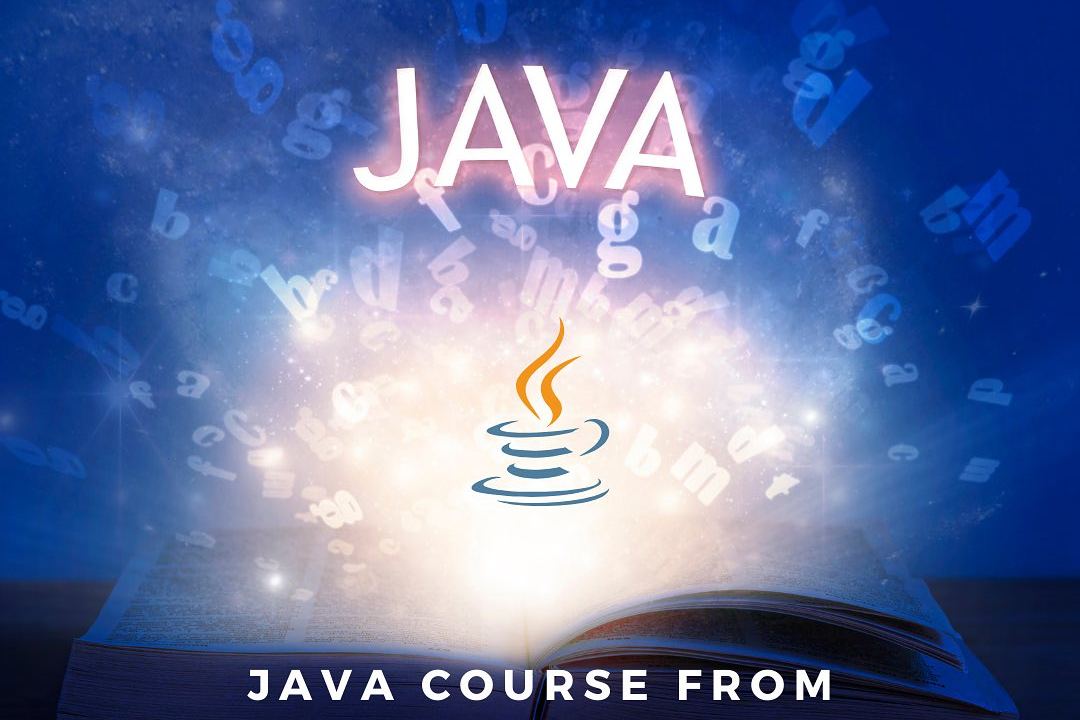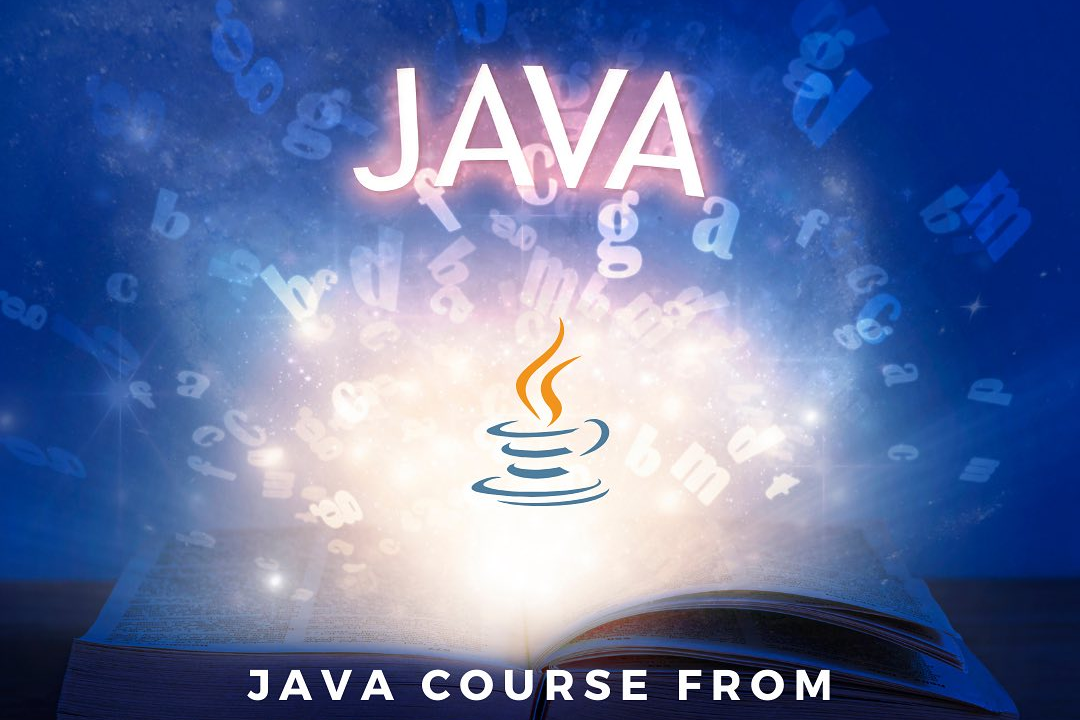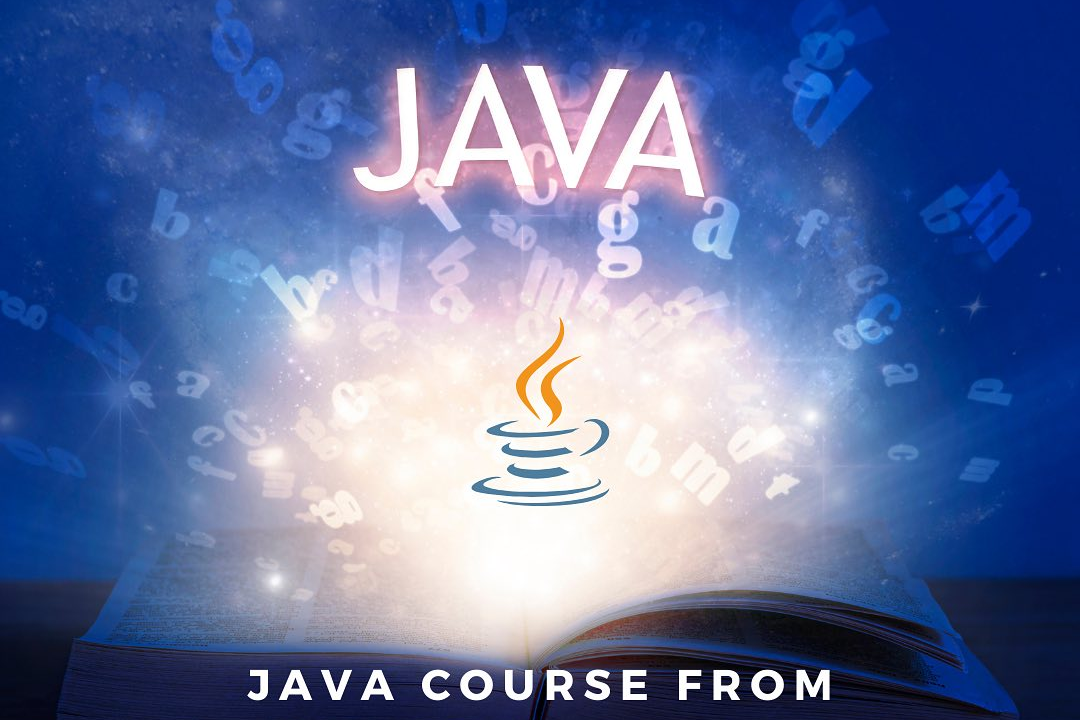Ios Interview Questions For Experienced
iOS Interview Questions for Senior Candidates
Ios Interview Questions For Experienced
iOS interview questions for experienced candidates typically focus on advanced topics like memory management, performance optimization, design patterns, coding best practices, and the latest features introduced in the iOS ecosystem. The questions may also delve into the candidate's experience with specific frameworks such as Core Data, Core Animation, and Swift programming language, along with their ability to address real-world challenges faced in iOS app development. It's important for experienced candidates to showcase a strong understanding of iOS development principles, experience with the latest technologies, and their problem-solving skills during the interview process.
To Download Our Brochure: https://www.justacademy.co/download-brochure-for-free
Message us for more information: +91 9987184296
1 - Explain the difference between atomic and nonatomic properties in Objective C.
Atomic properties in Objective C provide guarantees about the integrity of the data during access and assignment. When a property is declared as atomic, the getter and setter methods ensure that the access or assignment operation is completed without interruption. On the other hand, nonatomic properties do not provide such guarantees. When a property is declared as nonatomic, multiple threads can potentially access or modify the property simultaneously, leading to potential data inconsistency issues. Atomic properties are slower due to the overhead of synchronization, while nonatomic properties offer better performance in multi threaded environments.
2) What are the differences between categories and extensions in Objective C?
Categories and extensions are both ways to add additional methods to a class in Objective C, but they serve different purposes. Categories allow you to add methods to a class externally, without access to the class implementation, making them useful for extending existing classes. Extensions, also known as anonymous categories, are used to declare additional methods that are not part of the public interface of a class. Extensions are typically defined in the class's implementation file and are used for declaring private methods or properties that should not be accessed externally.
3) Explain the difference between shallow copy and deep copy in iOS development.
In iOS development, shallow copy and deep copy are two different mechanisms for copying objects. A shallow copy creates a new object that references the same memory locations as the original object, resulting in two objects that share the same data. Changes to the data in one object will be reflected in the other object as well. On the other hand, a deep copy creates a new object with its own copy of the original object's data. Deep copy creates a separate, independent copy of the original object, so changes to one object do not affect the other. Deep copying is typically used when you need to create a separate, mutable copy of an object to prevent unintended side effects.
4) What is the responder chain in iOS and how does it work?
The responder chain is a series of linked objects in iOS that are responsible for handling events like touch input, keyboard input, and action messages. When an event occurs, such as a tap on the screen, iOS sends the event to the first object in the responder chain, typically the view that received the touch. If the object cannot handle the event, it forwards the event to its next responder in the chain, usually its parent view or view controller. This continues until an object in the chain handles the event or the event reaches the application delegate. Understanding the responder chain is crucial for handling user interactions and ensuring that events are properly routed through the application.
5) Explain the differences between retain count, strong, weak, and unowned in iOS memory management.
Retain count is a concept used in manual memory management in Objective C to keep track of how many objects have a reference to a particular object. In modern iOS development with ARC (Automatic Reference Counting), developers use strong, weak, and unowned references to manage memory automatically. A strong reference increases the retain count of an object, ensuring that it stays in memory as long as there is at least one strong reference to it. A weak reference, on the other hand, does not increase the retain count, allowing the object to be deallocated when there are no strong references to it. Unowned references are similar to weak references but assume that the object being referenced will not be deallocated while the unowned reference is being accessed. Understanding these memory management concepts is essential for writing efficient and memory safe iOS apps.
Browse our course links : https://www.justacademy.co/all-courses
To Join our FREE DEMO Session: Click Here
Contact Us for more info:
- Message us on Whatsapp: +91 9987184296
- Email id: info@justacademy.co
Marketing Interview Questions And Answers
Azure Kubernetes Interview Questions
Tableau Basic Interview Questions
Mysql Advanced Interview Questions












